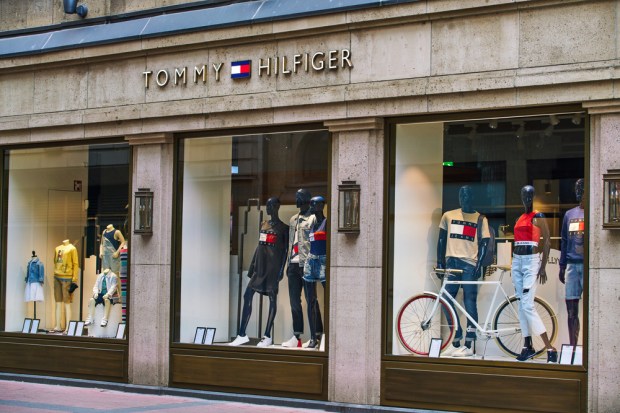AI/BOT: Where Do Chatbots Go From Here?

Within the past year, Facebook’s Messenger has been responsible for the boom in chatbot growth. With more than 100,000 businesses creating interactive company chatbots, it may be safe to say that this communication channel isn’t going anywhere any time soon.
To help provide customer service, and in some cases sales, businesses such as Domino’s Pizza, Bank of America and CNN have joined up with the social media giant to enhance their offerings.
The latest company to move the ball for chatbots is fashion designer brand Tommy Hilfiger. Just before the Fourth of July holiday break, news was shared on how the brand took chatbots to a new level via integrating it into autoplay video advertisements. By adding this new layer, Tommy Hilfiger has effectively introduced a new avenue of consumer engagement that most retail brands have not thought of yet.
Specifically, the type of videos that allow chatbots to work inside them are called outstream. By working with outstream video company Teads, Tommy Hilfiger is the first brand to experiment with the chatbot-embedded feature. What makes the chatbot feature work inside the autoplay video ads is the use of artificial intelligence (AI). In Teads’ press announcement, its CEO, Bertrand Quesada, commented on the partnership and what it hopes this will do for chatbot engagement in the future.
”Outstream video ads provide a superior user experience over other video advertising formats, and adding this extra level of personalization makes them even more powerful,” Quesada said. “We’re thrilled to be working with Tommy Hilfiger and pioneer the next example of conversational commerce. This is an example of what can be created when a visionary brand and truly cutting-edge technology team up. We expect this to be the first of many such campaigns as other brands discover the opportunities of chatbot integrations with their video ads.”
When watching the videos, people will see either a “Good Morning – Chat with us?” or a “Good Afternoon – Chat with us?” message, and those choosing to chat will then be prompted to further engage. It’s likely that this will serve a multi-purpose function for the fashion brand. In addition to being able to explore collections, ask questions and share personal fashion preferences, Tommy Hilfiger may also want to gain new customers, retain current customers and provide another avenue for customer service.
It seems like the 32-year-old brand is looking for new ways to reinvent itself. Just a few short weeks ago, Tommy Hilfiger launched the Tommy Now offering, which is a “See Now, Buy Now” option for its consumers. Rather than wait until the following season to buy the clothes on the runway, consumers will now have the option to buy instantly.
All of these actions by the brand speak to the need for technology integration and innovation in order to stay relevant in retail.
In chatbot news this week, Facebook has launched a new feature to help people uncover new chatbots. Dubbed Discover, this offering will probably help to reinforce the desire to use chatbots as a medium for business-to-consumer interactions.
China is getting in on the chatbot game as its search giant Baidu shares news of its recent acquisition of startup Kitt.ai. As the maker of chatbot engine ChatFlow, Kitt.ai offers up a way to develop and power both chatbots and voice-based applications across various platforms.
For those of us foaming at the mouth for the upcoming Game of Thrones season premiere in another week and a half on July 16th, there, British agency Catch Digital just released a new chatbot, GoTBot. Though this can be used for people catching up on storylines and characters, it’s also laced with special Easter eggs that may hint on what’s to come this season.
With all of these chatbots entering the retail market, and Tommy Hilfiger’s innovative new approach, the issue that arises is where chatbots go from here. Perhaps more companies will integrate chatbots into videos to help prompt consumers and entice them to buy. It’s likely that we won’t know the true answer to this until there has been some time to test out these different chatbot formats.